Published by: BhumiRaj Timalsina
Published date: 25 Jan 2022
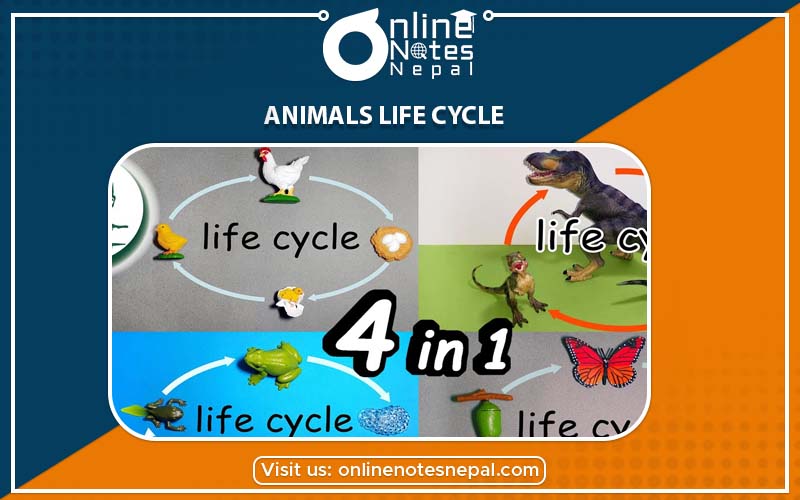
Various species of animals are found on Earth. They are different from one another. They differ in habit, habitat, structure, characters, size etc. Animals like Shark, Frog, Toad, Cobra, Tortoise, Vulture, Owl, Elephant, Tiger etc are found in our surrounding. These animals are different from one another. Among all the animals found on Earth, some animals have a backbone and some do not have the backbone. Animals are divided into two parts on the basis of absence or presence of backbone. They are vertebrate and invertebrate animals. The animals with a backbone are called vertebrate and the animals without a backbone are called invertebrate. Some of the examples of vertebrate animals are tiger, sparrow, yak etc and some of the examples of invertebrate are meal worm, earthworm, millipedes, etc. In this lesson, we discuss the Vertebrate animals.
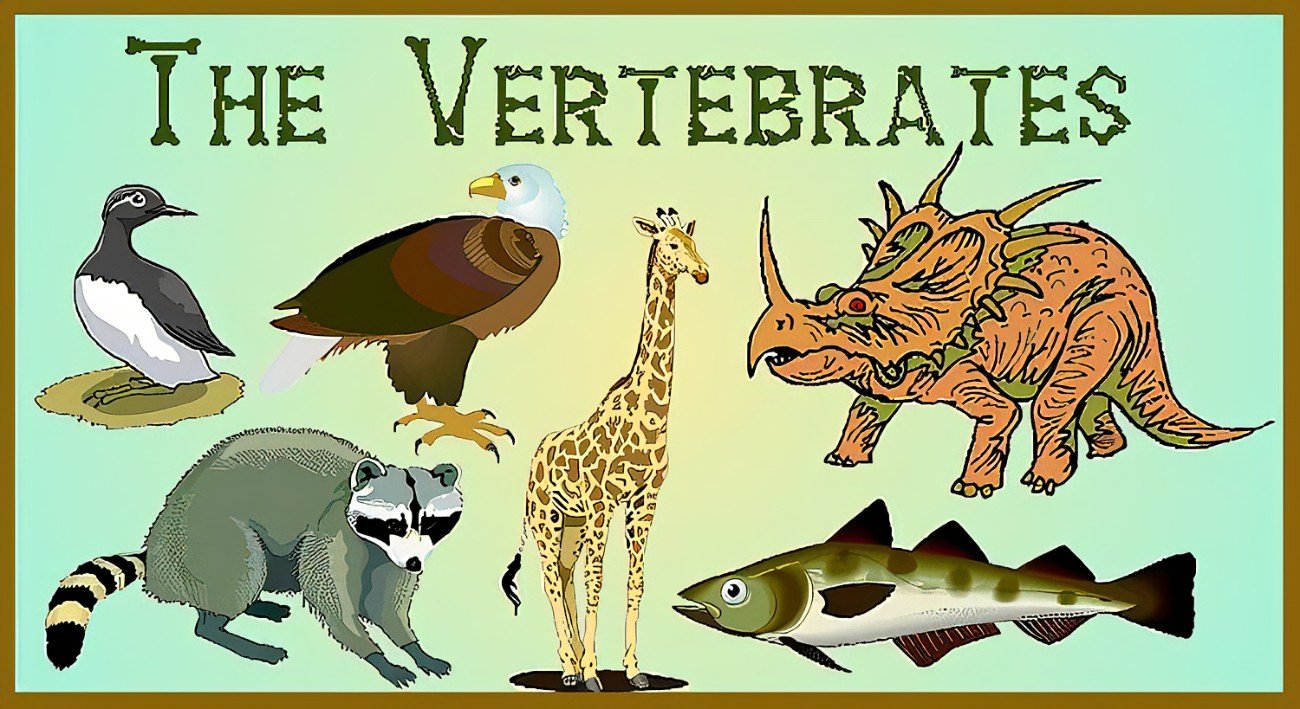
The animals that have the backbone or spinal column are called vertebrae animals. The word vertebrate is derived from the Latin Word 'Vertebrates' which means joint of the spine. There are over 85,000 species of vertebrate animals such as amphibians, birds, fish, mammals, and reptiles. Most of the large animals found in Earth are vertebrate animals like whales, elephant etc. Vertebrate animals live both in land and water. Vertebrate animals include fishes, amphibia, birds, mammals etc. Some of the examples of vertebrate animals are the tiger, lion, crow, sparrow, frog, crocodile etc. Some of the general characteristics of vertebrate animals are discussed below,
Some vertebrate animals can change their body temperature and some animals cannot change their body temperature according to the changing temperature of the environment. On the basis of this characters, vertebrate animals are divided into cold- blooded animals and warm-blooded animals.
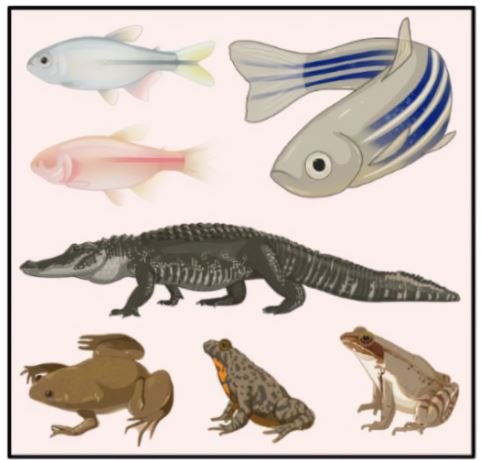
Cold- blooded animals are those animals that can change their body temperature according to the temperature of the surroundings. Some of the examples of cold- blooded animals are the frog, snake, lizard, fish etc. Cold- blooded animals include fishes, amphibians, and reptiles. These animals can change their body temperature according to the temperature of the environment. They are cold when the environment is cold and hot when the environment is hot. They cannot live in extreme cold and extreme hot temperature. They are very active in warm temperature. During the winter season, the majority of the cold- blooded animals go under the soil in burrows, in warmer places. This is known as hibernation (Winter sleep). When the climate becomes suitable or hot they come out from their hole.
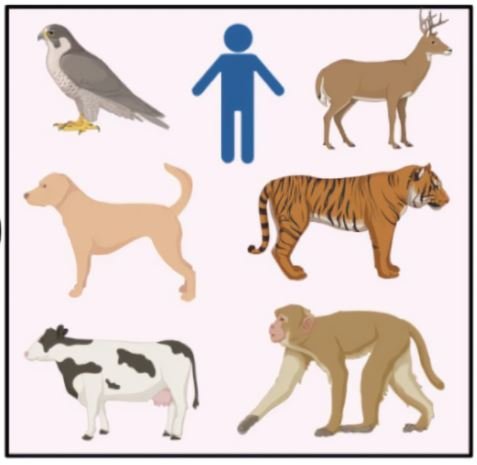
Warm- blooded animals are those animals which cannot change their body temperature according to the temperature of the surroundings. Their body temperature remains constant. Some of the examples of warm- blooded animals are the bat, crow, monkey, dog, lion, tiger, etc. Warm- blooded animals includes birds and mammals. Humans are also warm- blooded animals. They wear thick clothes in winter and thin clothes in summer to maintain their body temperature.
Vertebrates are divided into five classes on the basis of their characters and structure. They are discussed below,
This class includes fishes. The animals of this class are cold- blooded animals as they can change their body temperature according to the temperature of the surrounding. The general characteristics of pieces are discussed below,
This class includes those animals that can live both in live in land and water. They are also cold- blooded animals. Most amphibians lay eggs in water where the eggs develop into tadpoles. Some of the general characteristics of amphibia are discussed below,
Animals of this class are also known as creeping animals. They live in the land. They can change their body temperature according to the temperature of the surrounding. Some of the general characteristics of reptilia are discussed below,
This class includes birds. Most of the animals of this class can fly. They have feathers and wings. Some of the general characteristics of aves are described below,
This class includes the most developed vertebrate animals. They are warm- blooded animals. They give direct birth to their babies. Some of the general characteristics of mammals are discussed below,
Oviparous animals are the animals that lay eggs and viviparous animals are the animals that give birth to their young ones directly. Some of the examples of oviparous animals are fishes, amphibians, reptiles etc and viviparous animals are humans, tiger or all mammals.
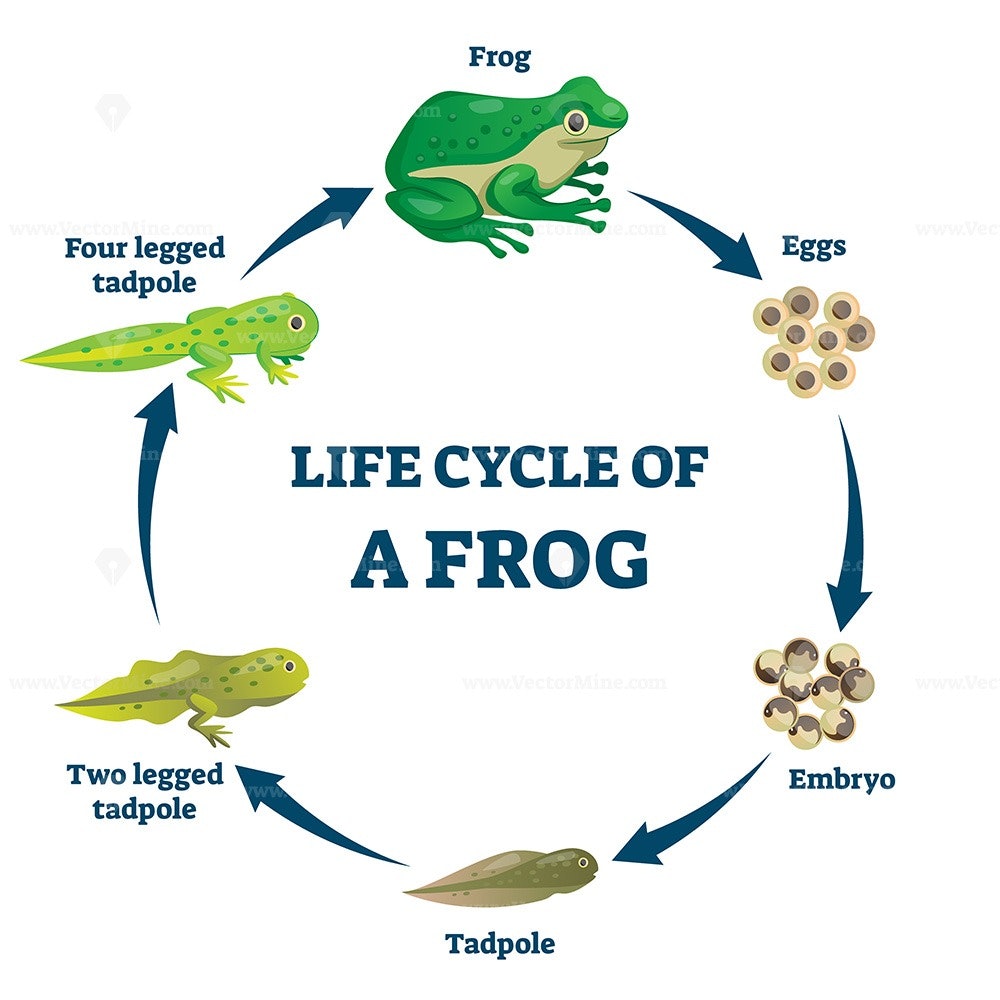
The series of stages through which an organism passes is called the life cycle.The frog is an amphibian animal. The frog lives on both land and water. Their body is divided into head and trunk. Neck is absent. A frog has a stout body, protruding eyes, cleft tongue and folded limbs without a tail. Ponds, rivers, lakes, canals, crop field etc are the most common habitat of the frog. Frogs become active during the rainy season. Frogs are oviparous and fertilization is external.
Frog mainly reproduce in the rainy season. During breeding season, the male frogs attract female frogs by producing a 'croaking' sound. This is also known as sex call. During mating, the male frog mounts back to the female and holds it firmly with the help of its forelimbs. The male frog remains inactive and the female swims carrying male on its back. After some time, the female frog lays eggs on the water or in the wet places. A floating clump of eggs is called frog spawn. The male frog covers the eggs with its sperms. The life cycle of frog completes in the following three stages,
Eggs: The frog lays many eggs in water or the wet places. They are oval in shape. They are covered with the jelly-like substance that expands when immersed in water and forms cluster of eggs. The small eggs are eaten by other insects while the big ones are not eaten. The cluster of eggs remains floating on the surface of the water. When the male frog covers the eggs with the sperms, the fertilization of sperm and eggs takes place. This process is known as external fertilization as the fertilization takes place outside the body of the frog. After some days, the nucleus of the zygote divides and develops into an embryo and the embryo develops into the larva which is tadpole of the frog.
Tadpole: After some days, the eggs develops into tadpoles. Tadpoles are tiny fish- like creatures. They remain under the water or remains attached to the surface of leaves. It is the larval stage of the frog. It has head and a tail. Its head contains adhesive glands. It also has gills for breathing. After some days, the tadpole starts developing mouth with teeth and starts feeding on algae in the water. It also starts developing hind limbs and slowly forelimbs too. The gills change or transform into lungs. The tails also start disappearing. Like this, a tadpole changes into an adult frog.
Adult: Adult is a fully grown frog. This frog has lungs, two pairs of limbs for jumping, swimming, running and walking. The tail becomes fully disappeared. It starts living on both land and water.